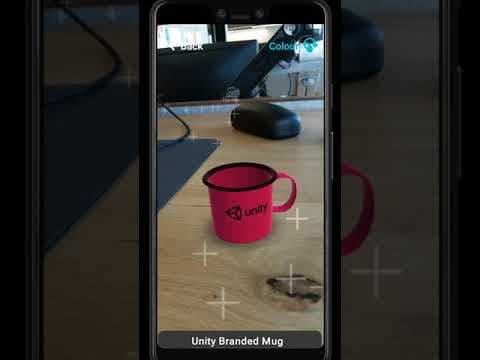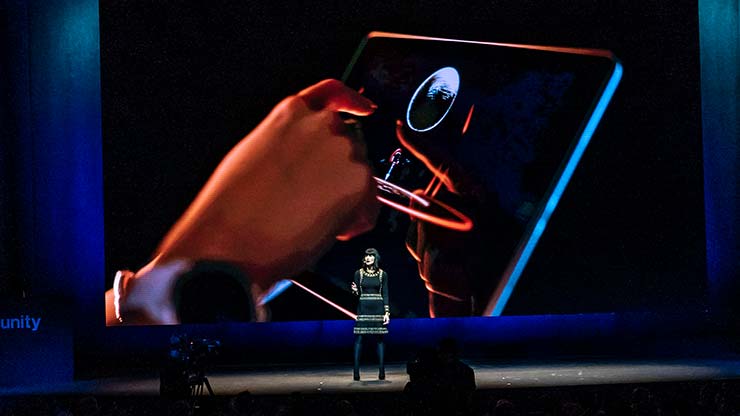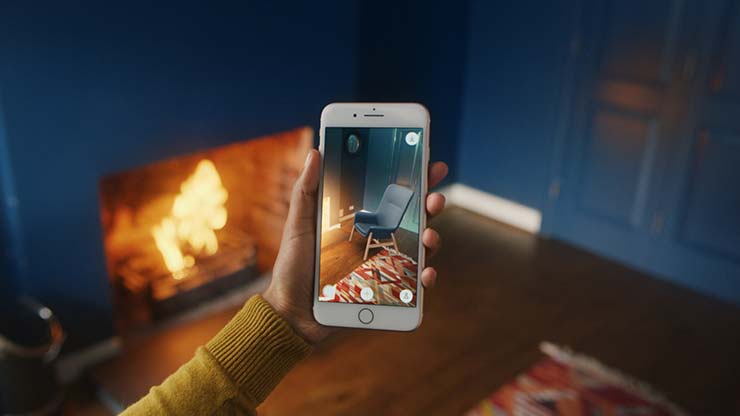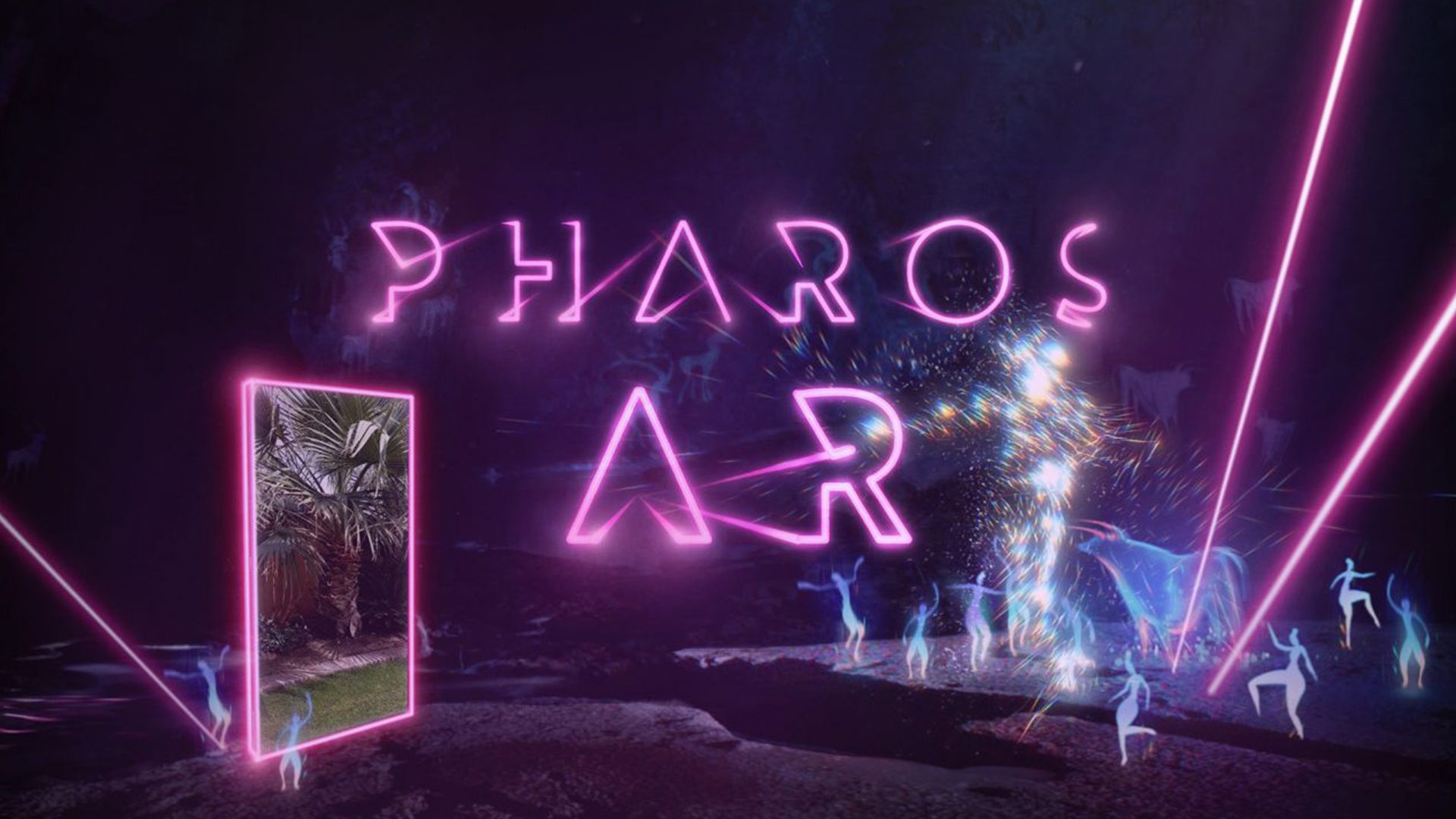

Unity offers controls that let you manage when and how to load/activate/unload the runtime library within the native application. Beyond that, the mobile app build process mostly stays the same. Unity lets you create iOS Xcode and Android Gradle projects.

Unity is the platform of choice for creating powerful, deeply interactive AR experiences that interact intelligently with the real world. As AR continues to grow more popular, Unity as a Library lets creators use our cutting-edge AR tech without rebuilding their native apps.

While this capability is new for mobile platforms, you can harness the power of embedding Unity as a Library for Windows applications as well.
Unity as a Library brings real-time 3D to Android-based embedded systems, leveraging existing code and developer expertise while enabling next-generation UX. For embedded systems, Unity as a Library also supports multiple displays.

We were thrilled to announce the ability to use Unity as a Library ahead of our presence at the Cannes Festival of Creativity. Read this blog post to learn more about how to use Unity as a Library and discover high-level details about what this revolutionary new capability can help you to achieve.

IKEA, the world’s largest furniture retailer, published a mobile AR app separate from its original mobile experience as an experiment. The new app performed so well that IKEA is now inserting AR directly into the original.
Learn about best practices for using Unity as a Library from this Unite Copenhagen session with Twnkls-PTC, the agency that created the IKEA Place mobile app.

Unity as a Library offers tremendous potential across industries, but we’re particularly excited about the limitless opportunities it provides for brands and creative agencies.
Cutting-edge brands see the value of adding AR to their traditional marketing campaigns. With this feature, they no longer have to rebuild their app to insert AR features. Instead of hacking together a solution, they can use Unity as a Library to create a seamless AR experience within existing applications.
